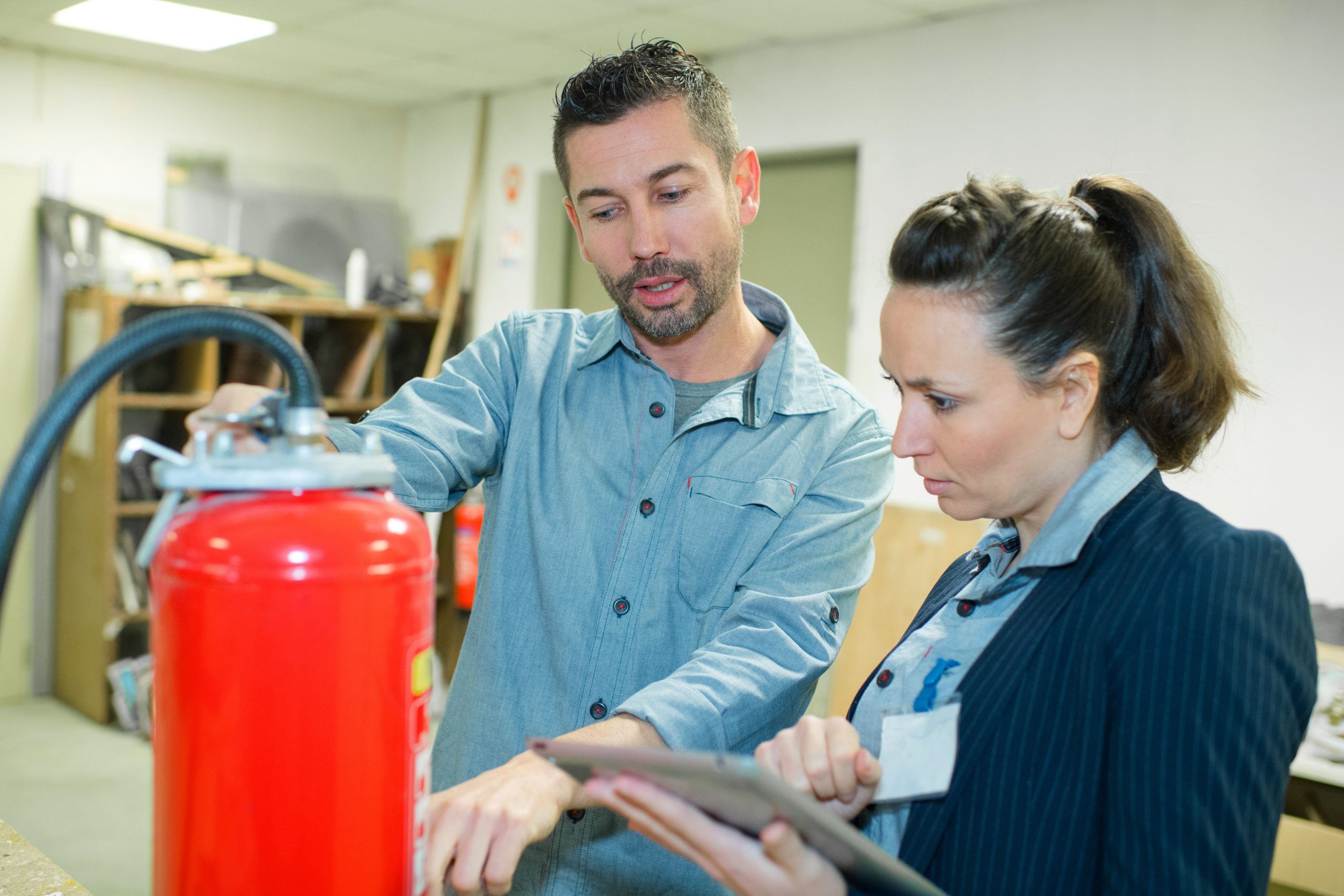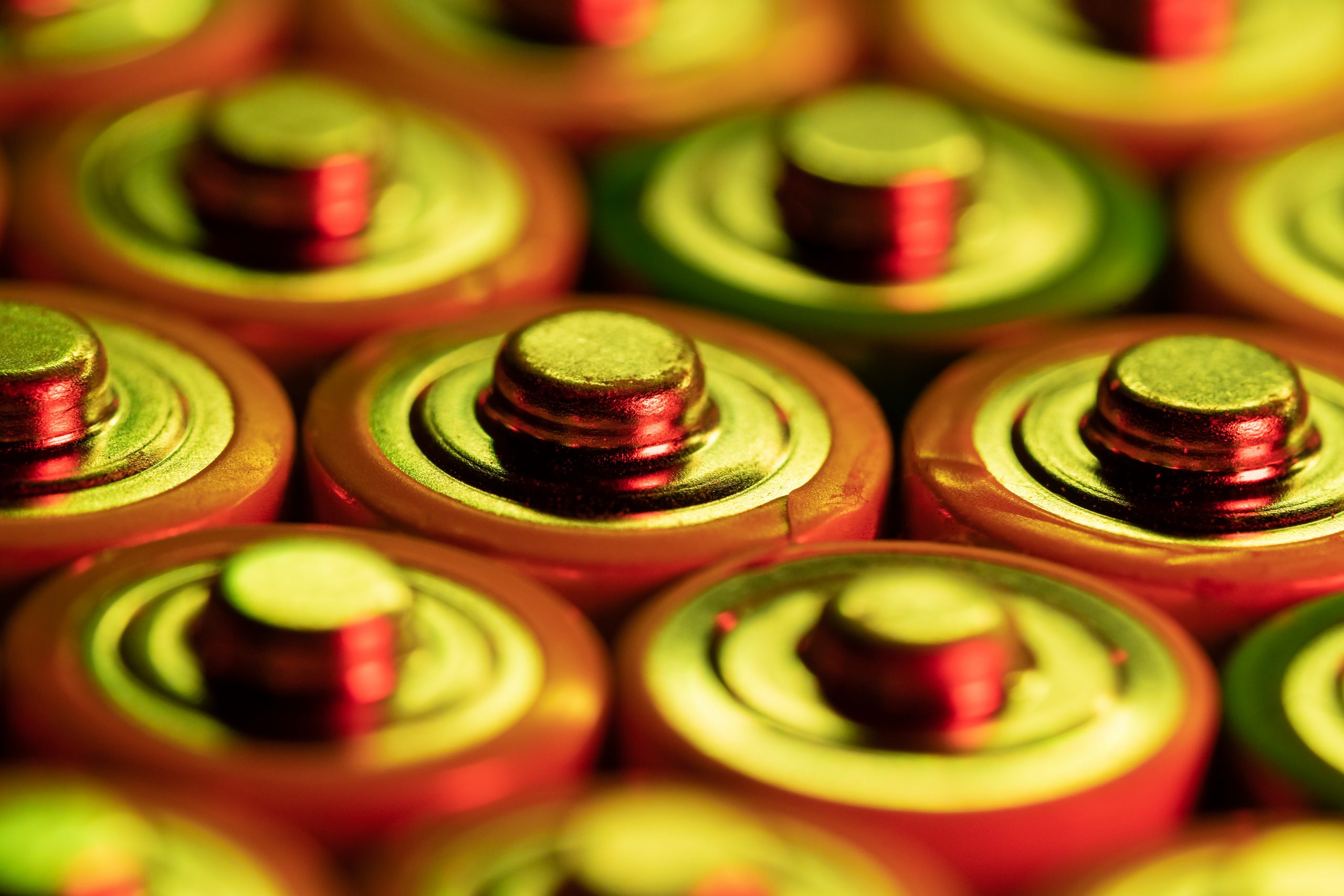19. Integrating Fire Suppression with Building Design: Best Practices
Integrating fire suppression systems with building design is crucial for optimising fire safety measures. By incorporating fire suppression considerations during the design phase, architects, engineers, and building owners can create structures that are better equipped to prevent, detect, and respond to fires. Let’s explore some best practices for integrating fire suppression with building design:
1. Early Involvement of Fire Safety Experts:
Engaging fire safety experts early in the design process is essential. These professionals can provide valuable insights regarding fire hazards, code requirements, and suitable fire suppression system options. Their expertise ensures that fire safety considerations are integrated seamlessly into the building design.
2. Building and Occupancy Classification:
Understanding the building and occupancy classification is fundamental in determining the appropriate fire suppression system requirements. Factors such as building size, occupancy type, and fire load influence the selection and design of fire suppression systems. Compliance with relevant fire codes and regulations ensures the design aligns with the specific needs and safety standards of the building.
3. Comprehensive Fire Risk Assessment:
Conducting a comprehensive fire risk assessment is crucial to identify potential fire hazards and vulnerabilities within the building. This assessment includes evaluating ignition sources, fuel loads, occupant characteristics, and egress routes. Understanding these risks allows for targeted fire suppression system design and implementation.
4. Adequate Placement of Detection Devices:
Strategically placing detection devices throughout the building ensures early fire detection. Smoke detectors, heat sensors, and flame detectors should be located in areas prone to fire initiation, such as kitchens, electrical rooms, or storage areas. Careful consideration should be given to spacing, height, and placement to maximise detection efficiency.
5. Compartmentation and Suppression System Design:
Compartmentation is a critical aspect of fire suppression system design. By dividing the building into distinct compartments, it is possible to limit fire spread and ensure targeted suppression. Compartment considerations may include factors such as building compartments, occupancy areas, and hazard classifications. Tailoring suppression system design to specific compartments enhances the system’s effectiveness and minimises damage.
6. Complementary Fire Protection Systems:
Integrating fire suppression systems with other fire protection measures enhances overall safety. This may include integrating fire alarms, emergency systems, sprinkler systems, or smoke control systems. Coordination between these systems ensures a comprehensive approach to fire safety and improves response capabilities.
7. Access and Maintenance Considerations:
Designing fire suppression systems with accessibility and maintenance in mind is crucial. Adequate clearance for system components, convenient access to control panels, and provisions for routine inspection and servicing contribute to system reliability. Building design should facilitate easy access for maintenance personnel, enabling them to perform necessary tasks efficiently.
8. Ongoing Training and Education:
Building occupants and staff should receive regular training and education on fire safety procedures and the operation of fire suppression systems. This ensures that users are familiar with system components, emergency response protocols, and evacuation procedures. Well-informed occupants play a vital role in effectively utilising fire suppression systems during emergencies.
By incorporating these best practices into building design, architects and engineers can create structures that prioritise fire safety. Integrating fire suppression systems seamlessly into the design process enhances the effectiveness of these systems and promotes a safer environment for building occupants.
In the final section, we will summarise the key takeaways from our exploration of fire suppression, emphasising the critical role it plays in safeguarding lives and property. Join us as we conclude our journey through the world of fire suppression and its impact on fire safety.
To go back and read again 18. Training and Education: Empowering Users for Effective Response or to go forwards go to 20. Looking Ahead: Advances and Innovations in Fire Suppression you will have to wait until tomorrow.
If you have any queries please contact us now!







